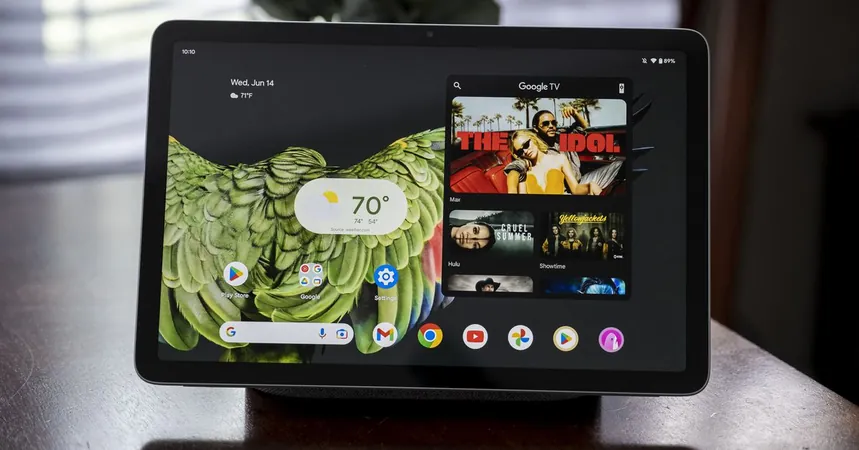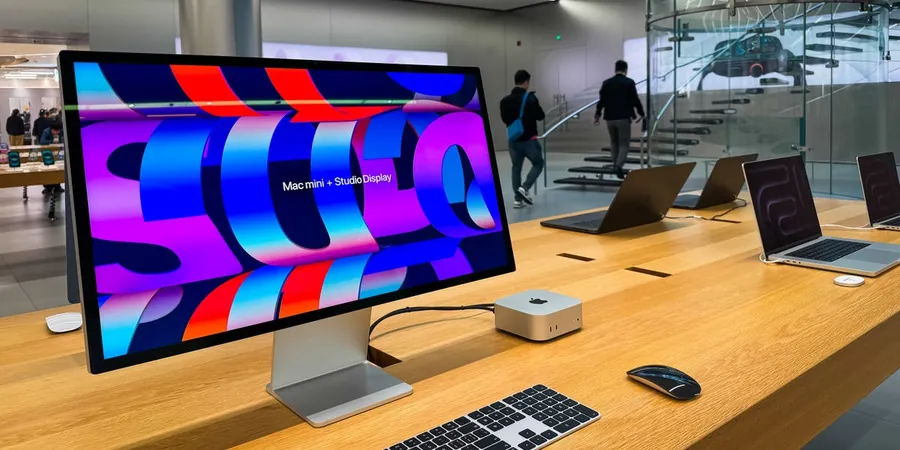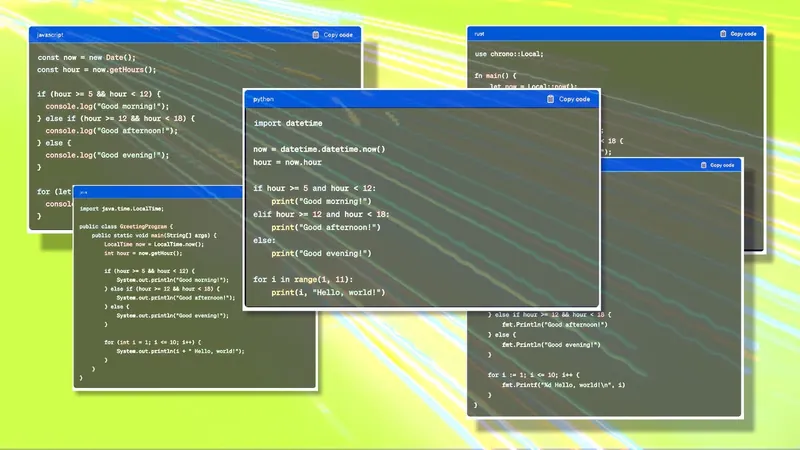
How Pokémon Go Players Are Unknowingly Revolutionizing AI: The Hidden Influence of Augmented Reality!
2024-11-21
Author: Charlotte
Millions of enthusiastic Pokémon Go players might think they're merely indulging in a fun, augmented reality adventure, but little do they know that their gameplay is actually contributing to groundbreaking advancements in artificial intelligence (AI) technology.
According to a recent blog post by Niantic, the creative force behind Pokémon Go, the vast amounts of 3D data collected from its players are being harnessed to develop a sophisticated “large geospatial model.” This model is designed to understand and represent the physical world in ways that resemble how large language models, like ChatGPT, predict text sequences.
Niantic’s staff scientist, Eric Brachmann, along with chief scientist Victor Adrian Prisacariu, explained that while humans can easily infer details about objects and environments based on prior experiences—thanks to our innate “spatial understanding”—machines face significant challenges in performing the same task. Current AI technology struggles with visualizing or reconstructing incomplete scenes, making this project particularly ambitious.
A Leap in Visual Positioning Technology
At the core of this initiative is Niantic's Visual Positioning System (VPS), integrated into games like Pokémon Go. This innovative technology allows smartphones to determine their exact location and orientation with remarkable precision, using just a single photo. In Pokémon Go, the VPS facilitates experiences like Pokémon Playgrounds, where players can leave virtual creatures in designated spots for others to discover.
The sheer volume of data this generates is staggering. Niantic reports having scanned 10 million locations globally, with over a million actively indexed for use within the VPS framework. On average, the company receives about 1 million new scans each week, each contributing hundreds of distinct images.
Filling in the Blanks: AI Enhancements in Mapping
The potential applications of the large geospatial model are multifaceted. It could, for instance, intelligently fill gaps in architectural data. Imagine this: if Niantic has a visual of only a church's entrance, the AI could use its vast database to logically deduce what the rest of the building looks like, based on thousands of similar structures it has previously “seen.”
Game-Changing Applications Beyond Gaming
The implications of these models extend far beyond enhancing gaming experiences. Niantic envisions a future where large geospatial models can be instrumental in spatial planning and logistics. Picture urban planners using this technology for more effective city layouts or delivery services optimizing routes with real-time environmental data. The possibilities seem endless!
Conclusion: Players of the Future
In essence, Pokémon Go is more than a game; it's a tool that empowers players to partake in a pioneering AI project that might reshape how we interact with our physical spaces. As players continue their quest to catch ‘em all, they are inadvertently paving the way for smarter, more intuitive AI systems capable of understanding our world at an unprecedented level.
Could you be part of this digital revolution while simply enjoying a leisurely stroll? Next time you pull out your phone to catch a Pokémon, remember: you're not just a player; you're a contributor to the future of AI!









 Brasil (PT)
Brasil (PT)
 Canada (EN)
Canada (EN)
 Chile (ES)
Chile (ES)
 España (ES)
España (ES)
 France (FR)
France (FR)
 Hong Kong (EN)
Hong Kong (EN)
 Italia (IT)
Italia (IT)
 日本 (JA)
日本 (JA)
 Magyarország (HU)
Magyarország (HU)
 Norge (NO)
Norge (NO)
 Polska (PL)
Polska (PL)
 Schweiz (DE)
Schweiz (DE)
 Singapore (EN)
Singapore (EN)
 Sverige (SV)
Sverige (SV)
 Suomi (FI)
Suomi (FI)
 Türkiye (TR)
Türkiye (TR)